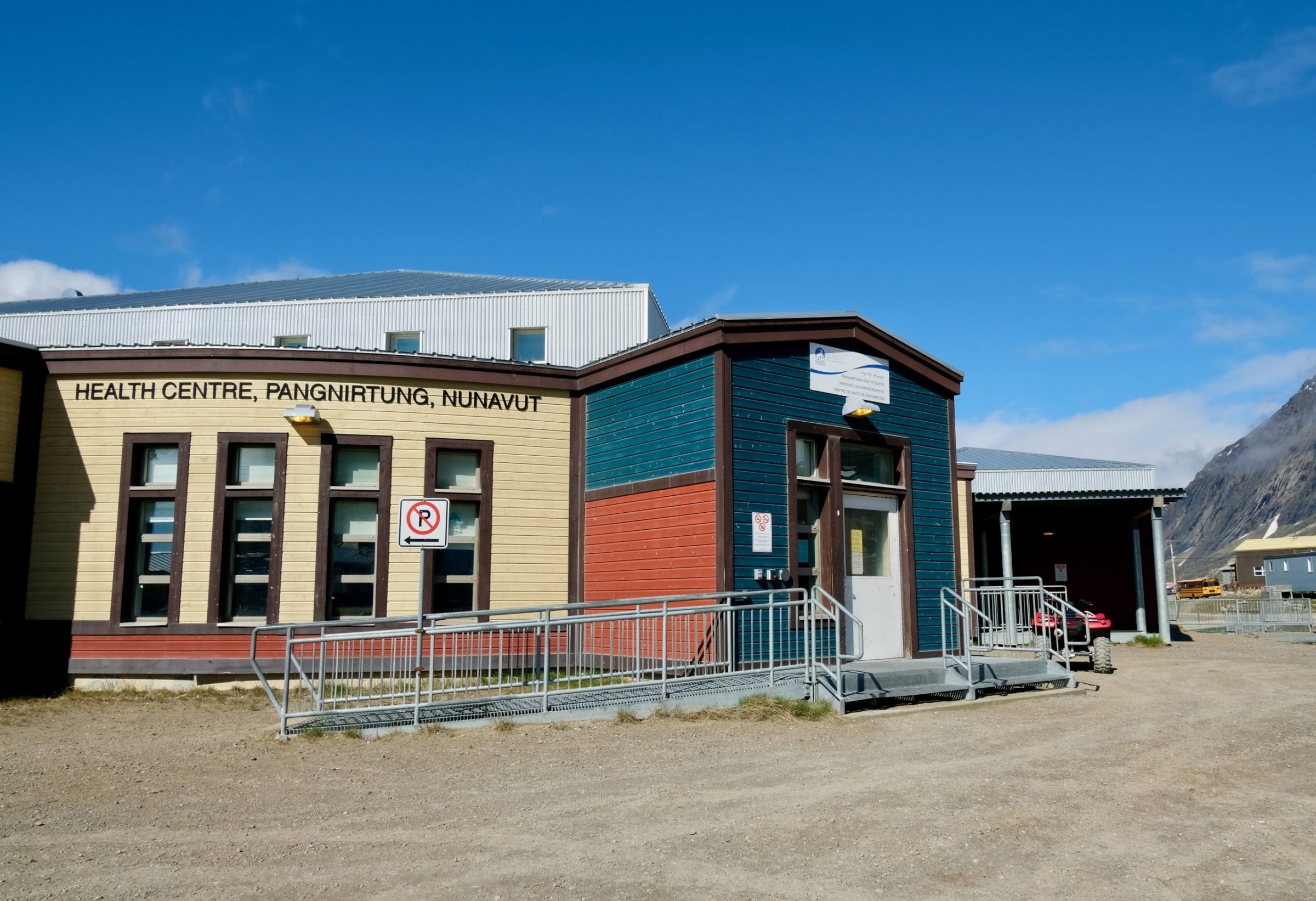Tuberculosis outbreaks declared over in Pangnirtung, Pond Inlet
More than 400 cases identified in the communities since 2021; health officials say risk now low
The Department of Health has declared tuberculosis outbreaks in Pangnirtung, shown here, and Pond Inlet officially over. Between the two communities, 60 active TB cases and 342 latent infections were identified since the outbreaks began. Health officials say the risk of transmission is now low. (File photo by Mélanie Ritchot)
Tuberculosis outbreaks in Pangnirtung and Pond Inlet have ended, following years of community-wide screening and treatment, the Department of Health announced Wednesday.
Dr. Ekua Agyemang, Nunavut’s acting chief public health officer, in an interview credited the success of the response to community workers, or “TB champions” — local residents trained to share accurate information about tuberculosis in Inuktitut and help reduce stigma around the illness.
In Pangnirtung, where the outbreak was declared Nov. 25, 2021, officials identified 47 cases of active TB and 225 cases of latent TB over the course of the outbreak.
In Pond Inlet, an outbreak declared March 17, 2023, had 13 active TB cases and 117 latent infections, the department said in a news release.
Both outbreaks are now considered resolved, with all cases and close contacts assessed and treated as needed. The risk of transmission in both communities is now considered low, the Health Department release said.
Trauma caused by past colonial tuberculosis policies, including forced stays in southern sanitoriums, continues to affect the way people respond to TB testing and treatment today, Agyemang said.
She called that a key lesson learned by the department during the outbreaks in Pangnirtung and Pond Inlet.
Though the outbreaks have ended, tuberculosis remains a persistent public health challenge in Nunavut and across Canada.
In 2023, the national TB rate was 5.5 cases per 100,000 people, compared to 204.2 per 100,000 among Inuit, according to the Public Health Agency of Canada.
Tuberculosis is caused by airborne bacteria and typically affects the lungs, spreading through prolonged close contact especially in enclosed spaces.
The disease is curable with antibiotics, and medications are available within Nunavut communities. If left untreated, it can be fatal.
Common symptoms include a cough lasting longer than three weeks, fatigue, loss of appetite, weight loss, fever and night sweats. People with latent TB do not show symptoms and are not infectious, but the disease can become active if it’s not treated.
Agyemang emphasized the importance of TB-care training among southern nurses working in Nunavut. She said screening and contact tracing must be tailored to the realities of each community.
In some cases, community-wide testing is necessary, especially where infections are already widespread and contact tracing becomes difficult.
Agyemang said that while the outbreaks in Pangnirtung and Pond Inlet are over, the department’s work is not. Routine screenings will continue, and sustained education and trust-building will remain key to future prevention.
Meanwhile, an outbreak in Naujaat remains. A temporary screening clinic in Arviat wrapped up operations June 13, but testing continues at the local health centre.
Community members experiencing TB symptoms or who have been in contact with someone diagnosed with active TB are encouraged to seek screening and treatment.





The Nanilavut Initiative is a federally funded program that is aimed at finding and commemorating Inuit who were sent south for TB treatment and never returned. All Inuit Organizations in Canada participate, and there are approximately 4,500 names of Inuit now contained in the Nanilavut database. Commemorative events are still ongoing.
Considering this history of TB treatment of Inuit, I would like to extend my heartfelt appreciation and congratulations to the GN Health people that have stamped out TB in Pang.
This needs to be recognized by Nunavummiut as a significant achievement and a huge improvement in primary health care in our territory for our people.
These are the things that we hoped for when Nunavut was formed; responsive, directed and effective government administration. It is very heartwarming to see this example.
It is not often that GN can legitimately claim credit for something done well, and success breeds success. This achievement cannot be ignored.
GN Health, thank you and congratulations.